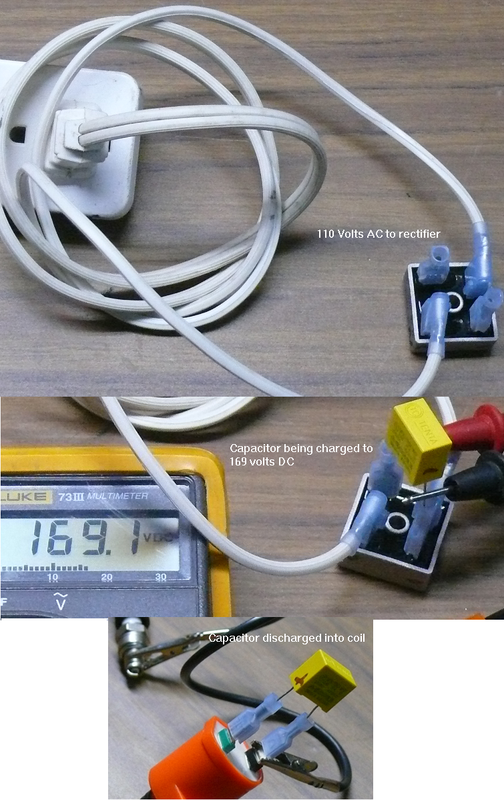Would offering a procedure to test an ignition coil that uses AC wall outlet voltage to charge a capacitor be less than desirable for a wannabee trainee marine mechanic?
110 volts AC is converted to ~ 170 volts DC to charge a capacitor.
A fool could quickly kill or injure himself and I have no way of differentiating fools from non fools.
110 volts AC is converted to ~ 170 volts DC to charge a capacitor.
A fool could quickly kill or injure himself and I have no way of differentiating fools from non fools.



Comment